
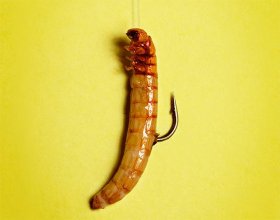 Photo by Gorman Studio
Photo by Gorman Studio
I usually carry yard worms and mealworms during early days of trout season, and I take the latter more regularly. These tiny, golden-yellow beetle larvae are more buoyant than earthworms, so they're much easier to retain in feeding lanes. They show better in murky water. And their particular size, which fits that of most trout forage, screams consume me personally!
My strategy happens to be easy: Stick a hook through middle, crimp on a split chance, and kerplunk. Connecticut angler Matt Wettish, however, features switched drifting mealworms into a creative art form, and then he promises these baits will get the greatest trout in virtually any provided river, regardless of how pressured.
The Perch Bug–Cahill Connection
Wettish learned light-tackle flow fishing from his grandmother, just who used to gather exactly what she called "perch pests"—a types of aquatic larvae—and drift them for trout on 4-pound-test range in Connecticut's Farmington River. While he grew older, Wettish used flyfishing, and as he got much more adept, he put together a technique that combined just what he knew about showing flies in what he learned from Grandma.
"you cannot successfully provide a size 18 Cahill on 4-pound-test. You'll need 6X or 7X tippet, which can be incredibly light, " Wettish states. "we discovered that same rule applies to baitfishing. If you fail to create a good drift, you are not likely to catch as many seafood."
That is when he started trying out different lines, hooks, and worms in clear, shallow water. Traditional bait hooks had been overweight, causing worms to lag. Two-pound mono worked well, but 2-pound fluorocarbon, using its quicker sink price and vanishing qualities, was better. Wettish found that mealies provided the essential normal drift.
"These are the closest easily obtainable match to forage that trout consume usually, like aquatic larvae, stoneflies, and inchworms, " he states. "i am really not doing something that unlike just what every single other angler does. But my method and presentation is subtly different." Listed here is how it reduces:
• Worms: "I like giant mealworms, which measure between 11⁄4 and 11⁄2 ins."
• Hooks: "a dimensions 12 scud hook useful for fly attaching is less heavy and sharper than a standard little bait hook. Additionally takes less power to set one, which is essential when using 2-pound-test."
• Rod: "i prefer a 61⁄2-foot ultralight spinning rod. Any further in addition to pole is simply too whippy, which hurts reliability and sensation. Needs the rod to keep up a-deep arc through the battle."
• Rig: "I insert the hook in first ring behind the worm's head and thread it through before the eye and knot are completely concealed inside bait. All that sticks out is the point in addition to barb. This keeps the bait perfectly in accordance with my fluoro. I take advantage of one or two BB-size split shot. The loads gets hung occasionally, but what i'd like all of them to do is skim or jump over the bottom."
• Drift: "Cast upstream at a 45-degree perspective, and move before you get to a 45-degree angle. Do not let the bait hang downstream given that it'll twist your range. I keep carefully the range within my left hand while We high-stick with my to keep much better experience of the point whereby my range satisfies water."
• Hookset: "whenever I get an attack, we move the rod in one single path while softly pulling the line when you look at the other, like a fly set."
RELATED VIDEO
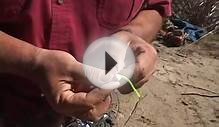
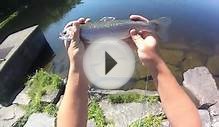
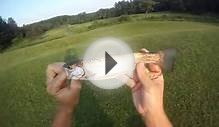

 Trout is the name for a number of species of freshwater fish belonging to the genera Oncorhynchus, Salmo and Salvelinus, all of the subfamily Salmoninae of the family Salmonidae. The word trout is also used as part of the name of some non-salmonid fish such as...
Trout is the name for a number of species of freshwater fish belonging to the genera Oncorhynchus, Salmo and Salvelinus, all of the subfamily Salmoninae of the family Salmonidae. The word trout is also used as part of the name of some non-salmonid fish such as...
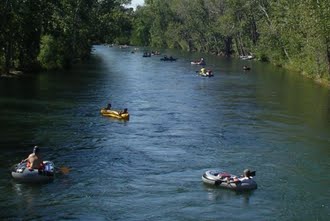 The Boise River is a 102-mile-long (164 km) tributary of the Snake River in the northwestern United States. It drains a rugged portion of the Sawtooth Range in southwestern Idaho northeast of Boise, as well as part of the western Snake River Plain. The watershed...
The Boise River is a 102-mile-long (164 km) tributary of the Snake River in the northwestern United States. It drains a rugged portion of the Sawtooth Range in southwestern Idaho northeast of Boise, as well as part of the western Snake River Plain. The watershed...








